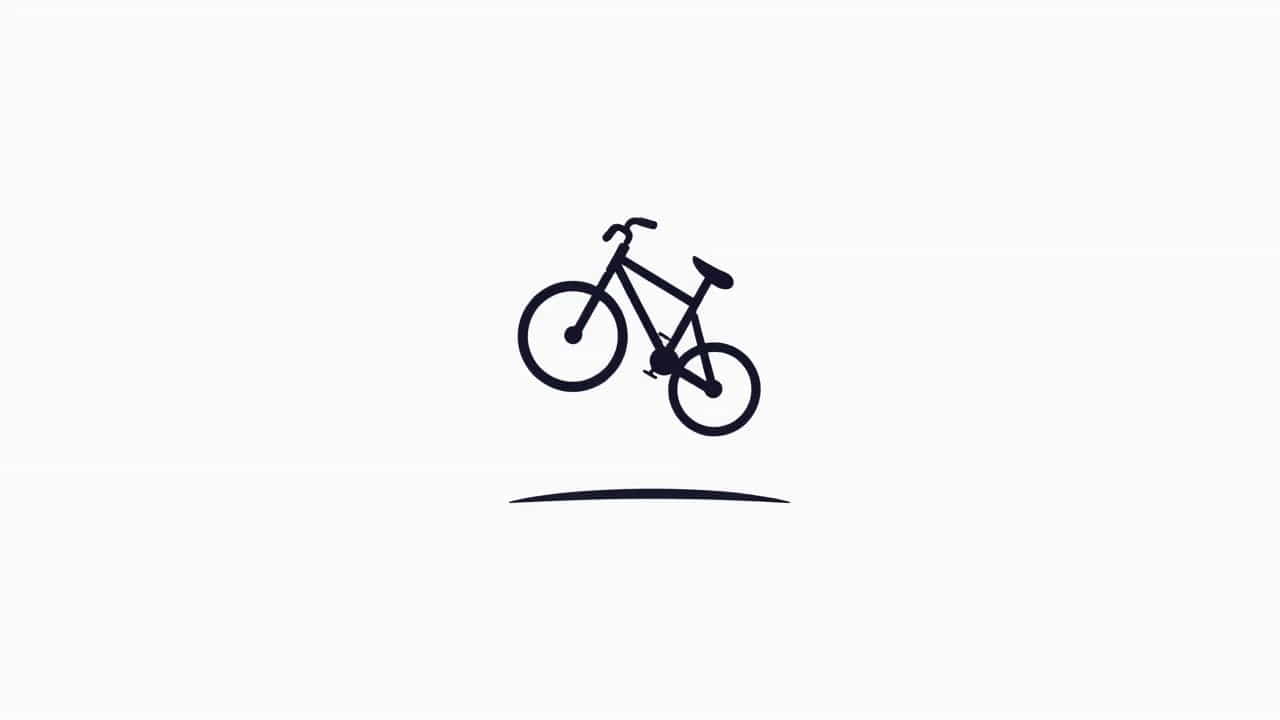A wheelie bike is a specially designed bicycle that makes it easier to perform a wheelie, where the rider lifts the front wheel off the ground while pedaling. These bikes are popular among stunt riders, urban cyclists, and BMX enthusiasts.
Wheelie bikes have unique features that improve balance, control, and stability, making them ideal for tricks and stunts. Whether you’re a beginner or an experienced rider, understanding what makes a bike suitable for wheelies can help you choose the right one.
This guide covers everything you need to know about wheelie bikes, including their history, features, and tips for choosing the best model.
A Brief History of Wheelie Bikes
Wheelie bikes became popular in the 1960s and 1970s, inspired by the muscle car culture of that era. These bikes, often called "muscle bikes" or "banana seat bikes," featured:
✔ Extended seats for comfort
✔ High-rise handlebars for control
✔ Small front wheels and larger rear wheels for stability
Classic models like the Schwinn Sting-Ray and Raleigh Chopper defined the style. Today, wheelie bikes have evolved into modern designs with BMX-style frames, durable components, and disc brakes for better performance.
Key Features of a Wheelie Bike
Not all bikes are ideal for wheelies. A true wheelie bike has specific features that make it easier to lift and balance the front wheel.
1. Lightweight Frame
✔ A wheelie bike needs a strong but lightweight frame to make lifting the front wheel easier.
✔ Aluminum and chromoly steel frames are common choices.
2. Short Chainstay
✔ The chainstay length (distance from the bottom bracket to the rear wheel) affects balance.
✔ Shorter chainstays allow for quicker lift-off and better control.
3. Wide Rear Tire
✔ A thicker rear tire provides more grip and stability while doing a wheelie.
✔ BMX and mountain bike tires work well for better traction.
4. High Handlebars
✔ High-rise or BMX-style handlebars offer better leverage when pulling up the front wheel.
✔ This design also improves control and comfort while riding.
5. Rear Brakes with Strong Stopping Power
✔ Disc brakes or powerful V-brakes help riders control balance during a wheelie.
✔ The rear brake is essential for modulating speed and preventing flips.
Types of Wheelie Bikes
There are different types of wheelie bikes, each designed for specific styles of riding and tricks.
1. BMX Wheelie Bikes
✔ Compact frame and strong build for urban stunts
✔ 20-inch wheels with thick tires for durability
✔ Popular for freestyle tricks and park riding
2. Mountain Bike (MTB) Wheelie Bikes
✔ Larger wheels (26", 27.5", or 29") for off-road riding
✔ Suspension forks for better shock absorption
✔ Great for trail riding and extreme stunts
3. SE Bikes (Big Wheelie Bikes)
✔ Specially designed for wheelies and urban riding
✔ Larger frame and wheels (27.5" or 29") for stability
✔ Popular models include SE Big Ripper and SE Blocks Flyer
4. Vintage Wheelie Bikes
✔ Retro-style bikes with banana seats and tall sissy bars
✔ Classic models like Schwinn Sting-Ray
✔ More for collectors and nostalgic riders
How to Choose the Best Wheelie Bike
When selecting a wheelie bike, consider the following factors:
1. Frame Material
✔ Aluminum – Lightweight and rust-resistant
✔ Chromoly Steel – Stronger and more durable
2. Wheel Size
✔ 20-inch wheels – Best for BMX and freestyle tricks
✔ 26-inch wheels – A balance between stability and agility
✔ 29-inch wheels – Ideal for urban and street wheelies
3. Braking System
✔ Disc brakes – Strong stopping power, best for serious riders
✔ V-brakes – Lighter but less powerful
4. Budget
✔ Entry-level wheelie bikes start at $300-$500
✔ High-performance models range from $600-$1,500
How to Do a Wheelie on a Bike
If you’re new to wheelies, here are some basic steps to get started safely.
Step 1: Find a Safe Practice Area
✔ Choose a flat, open space with minimal obstacles.
✔ A grassy field can be a good option to soften falls.
Step 2: Start in a Low Gear
✔ A medium to low gear makes it easier to lift the front wheel.
✔ Avoid too high a gear, as it requires more force.
Step 3: Pull Up While Pedaling
✔ Pedal with moderate force while pulling up on the handlebars.
✔ Use your arms and body weight to help lift the front wheel.
Step 4: Find Your Balance Point
✔ Keep your arms slightly bent and maintain a steady pace.
✔ If the front wheel goes too high, tap the rear brake gently to bring it down.
Step 5: Keep Practicing
✔ Learning wheelies takes time and patience.
✔ Practice in short sessions to avoid fatigue.
Common Mistakes and How to Avoid Them
1. Leaning Too Far Back
✔ Problem: You flip over backward
✔ Solution: Use the rear brake to control balance
2. Not Using Enough Pedal Force
✔ Problem: Front wheel won’t lift
✔ Solution: Increase pedal power and pull harder on the handlebars
3. Holding Handlebars Too Tight
✔ Problem: Loss of control
✔ Solution: Keep a relaxed grip for better maneuverability
Popular Wheelie Bike Brands
Several brands specialize in making high-quality wheelie bikes:
✔ SE Bikes – Famous for models like Big Ripper and Blocks Flyer
✔ Mongoose – Affordable BMX and wheelie bikes
✔ GT Bicycles – Durable freestyle and stunt bikes
✔ Haro Bikes – Well-known in the BMX scene
Is a Wheelie Bike Right for You?
A wheelie bike is perfect for riders who enjoy tricks, stunts, and urban cycling. Whether you’re a beginner or an expert, choosing the right frame, wheels, and brakes will help you master wheelies with ease.
If you’re looking for a fun and exciting way to ride, investing in a good-quality wheelie bike can take your cycling skills to the next level. Keep practicing, stay safe, and enjoy the thrill of riding on one wheel!
